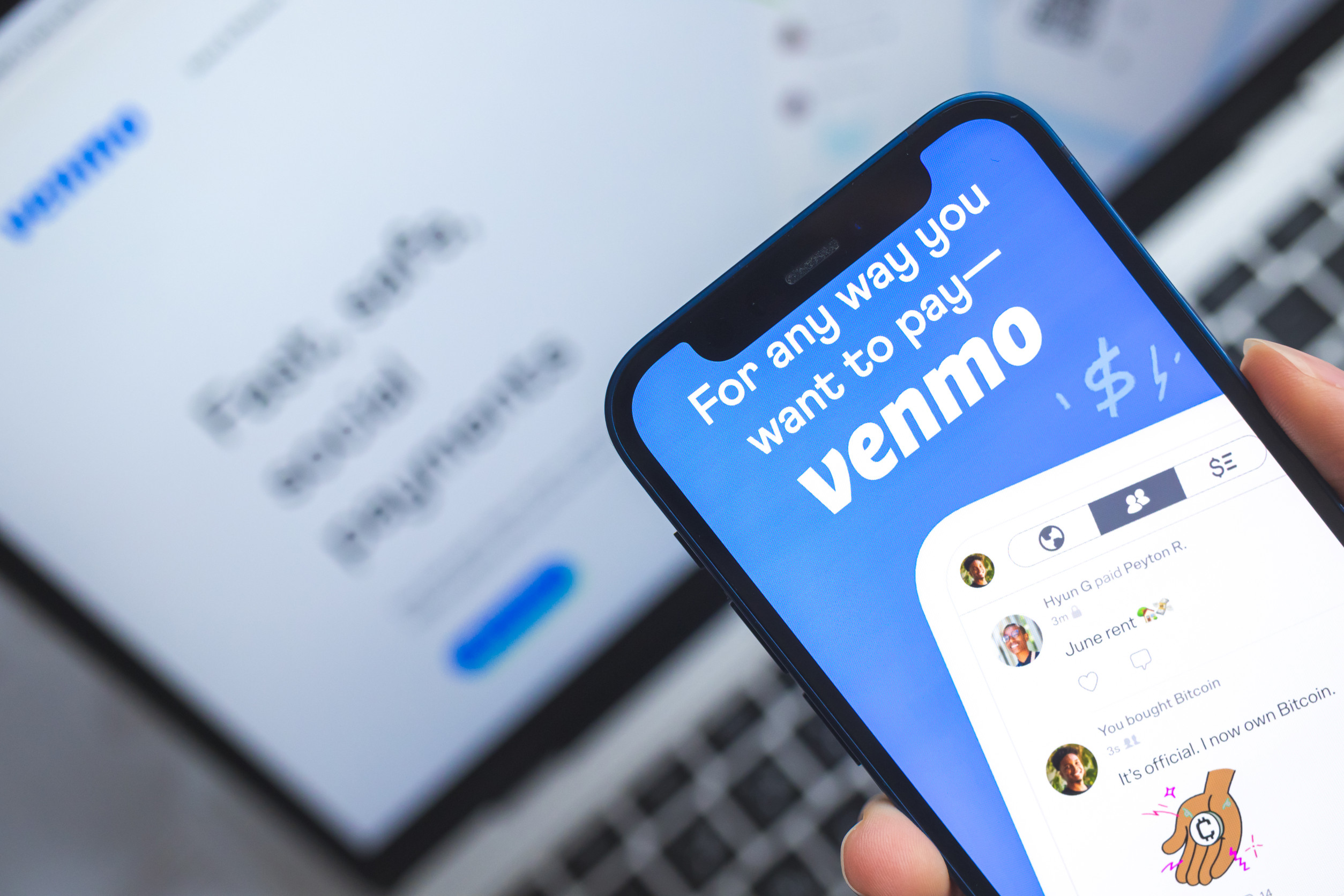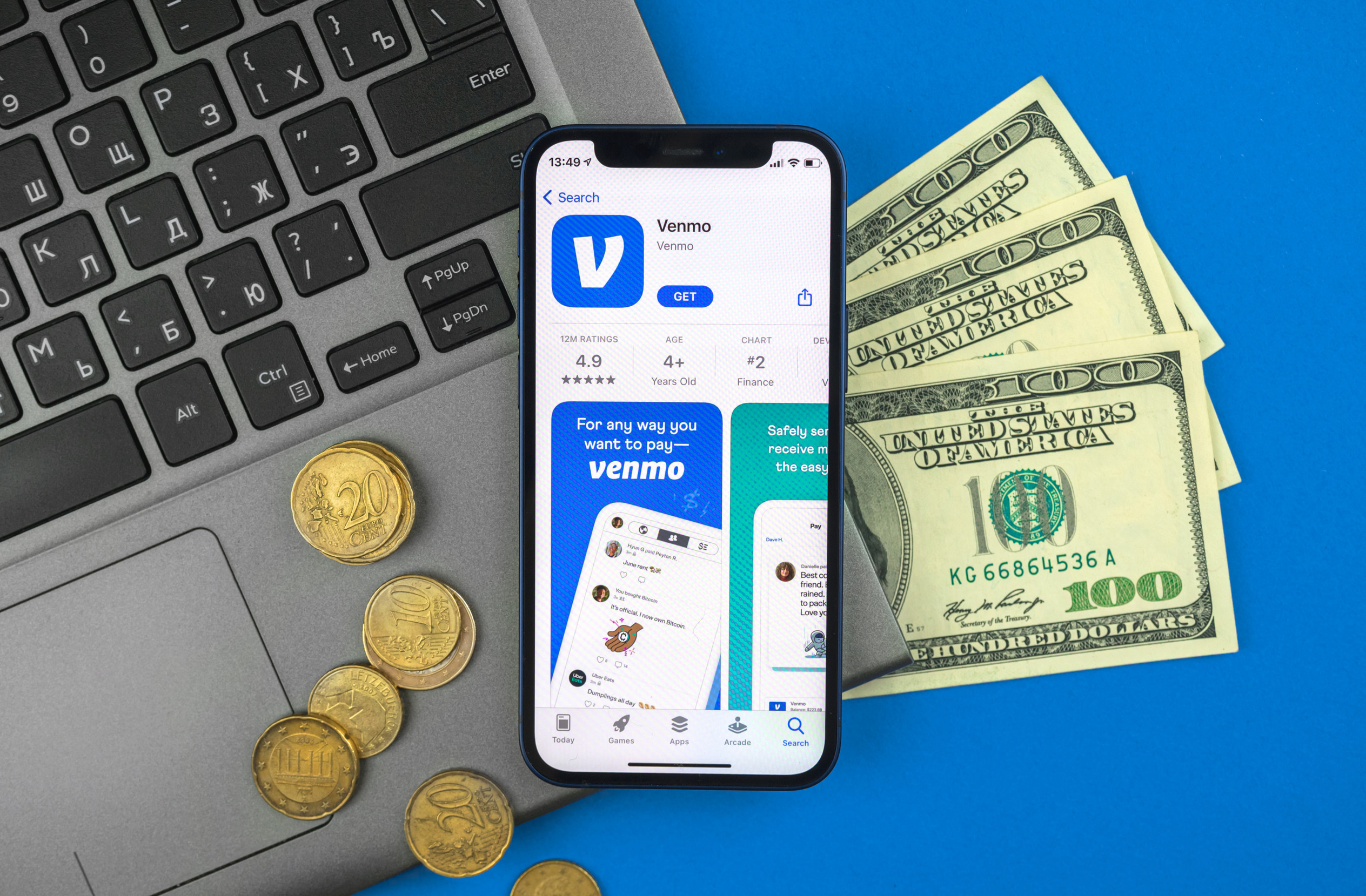A quick $12 split for tacos. A cheeky emoji in the notes. A few swipes and the payment’s done. But behind that casual Venmo transaction lies a growing privacy issue few consider. What if that small payment could open a window into your full financial behavior?
It’s time to really understand just how vulnerable you are when you’re using an app as prevalent and seemingly simple as Venmo.
Public by Default: Venmo’s Privacy Trap
Venmo transactions are public by default unless manually adjusted. This means friends, strangers, and even data aggregators can see who paid whom, when, and often, what for. Each transaction becomes a puzzle piece, slowly building a clear picture of your spending habits. Emojis, inside jokes, and vague notes don’t offer real protection—they often give more context than users realize. Most users overlook the default visibility settings, unintentionally broadcasting their financial lives.
Your Payments Tell a Story—Loudly
Even a single Venmo payment can hint at location, habits, and relationships. A “coffee” payment every morning to the same person suggests a daily meetup or shared commute. Repeated splits for Uber or food can reveal nightlife patterns, living arrangements, or romantic partners. Over time, patterns form—clear, trackable, and valuable to third parties. These breadcrumbs create a story far more personal than users expect.
Data Brokers and the Shadow Economy of Personal Info
Venmo claims it doesn’t sell personal transaction data, but that’s not the whole story. Publicly accessible data can still be scraped and analyzed by third parties. Data brokers gather this kind of information to build user profiles, which they then sell or use to predict behavior. A series of shared transactions between the same users might be used to infer relationships or spending categories. Once harvested, users have no control over how this data is used or where it ends up.
Stalking, Scams, and Surveillance Made Easy
The transparency of Venmo’s feed can turn harmless payments into security risks. Users have been tracked, stalked, or socially engineered based on transaction histories. A scammer needs only a handful of data points to impersonate someone or manipulate contacts. Even without malicious intent, employers, landlords, or nosy acquaintances could easily draw conclusions from someone’s feed. The more personal context someone adds to a note, the easier it becomes to exploit.
The Illusion of Anonymity in Digital Payments
Venmo presents itself as both social and financial, blurring the line between fun and function. But digital transactions aren’t anonymous, and the “friendly” design hides a deeper lack of control. While users may believe they’re just paying back a friend, they’re also broadcasting behavior to a wider network. The assumption that only the sender and recipient see the transaction is dangerously incorrect. Without proactive settings changes, users leave digital fingerprints all over the internet.
Privacy Settings Exist—But They’re Buried
Venmo does offer privacy controls, but they aren’t front and center. Many users don’t know they need to set their transactions to private manually—or how to do it at all. Even when users make one transaction private, others may remain public by default. The burden is on individuals to continually monitor and adjust these settings, often without guidance. This design encourages data sharing rather than protecting user information.
Cumulative Data Is the Real Danger
One transaction might seem harmless, but patterns formed over weeks or months are deeply revealing. Repetition of payments, time stamps, and notes all combine to paint a comprehensive behavioral profile. This isn’t just about what was bought—it’s about when, with whom, and how often. The sheer volume of seemingly minor details allows for surprising levels of insight. Over time, the casual becomes revealing, and the harmless becomes invasive.
Relationship Mapping Through Payment Activity
Venmo’s social feed allows anyone to trace interactions between people, revealing networks and relationships. A third party can easily determine close friendships, romantic connections, or group dynamics through consistent shared payments. Even minor details like transaction timing can reveal who initiates contact or who pays more often.
This kind of information has implications beyond curiosity—it can influence hiring, dating, or even legal proceedings. Relationships that users assume are private become transparent with just a bit of digging.
Transaction Notes: Small Details, Big Impact
People often treat the transaction note like a chatbox—adding jokes, nicknames, or emojis. But those seemingly trivial notes can signal exactly what the transaction was for. Over time, these notes reveal consumption preferences, routines, and even emotional states. A heart emoji, a sarcastic comment, or a restaurant name adds nuance that algorithms and humans alike can interpret. These details give context that turns raw numbers into deeply personal stories.
Why Financial Privacy Matters More Than Ever
In a world increasingly defined by data, privacy is more than a preference—it’s protection. Financial behavior offers one of the most accurate reflections of who someone is, and that makes it powerful. When transaction data becomes public, individuals lose control over how their lives are interpreted or judged. Venmo’s design undermines this control unless users actively fight for it. As surveillance culture grows, so does the cost of digital carelessness.
Time to Rethink Your Digital Footprint
Every transaction is a choice—not just financially, but socially and digitally. Venmo makes sharing easy, but that ease comes at a price. Privacy shouldn’t be an opt-in feature buried under menus—it should be the default. Users must treat payment data with the same caution they give to passwords or location sharing.
What are your thoughts on Venmo’s design? Have you reviewed your privacy settings recently? Join the conversation below and share your perspective.
Read More
8 Times Kind Strangers Turned Out to Be Scammers
10 “Secure” Payment Apps That Have Been Hacked This Year


